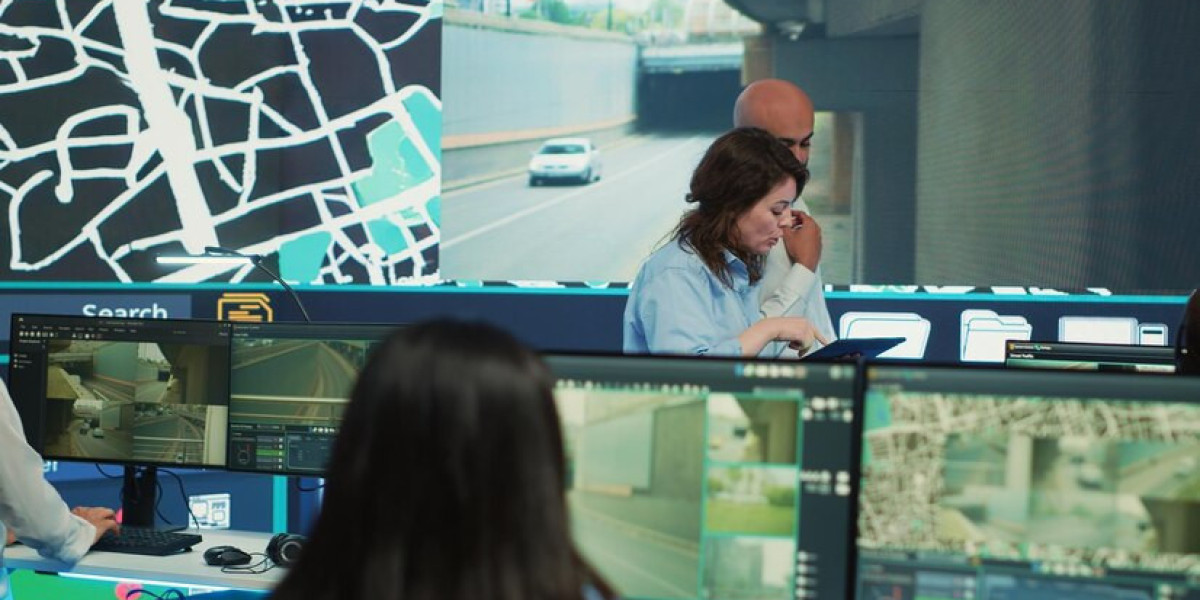In today's rapidly urbanizing world, traffic management is a critical concern for cities aiming to improve mobility, reduce congestion, and enhance safety. Traditional traffic counting methods, relying on manual observation or rudimentary sensor systems, are increasingly inadequate for the demands of modern transportation networks. Enter intelligent video analytics solutions—an innovative approach that leverages advanced technologies to revolutionize traffic counting software.
Understanding Traffic Counting
Traffic counting involves collecting data on the number and types of vehicles passing through a particular point on a road network. This data is essential for traffic engineers, city planners, and transportation authorities to design and optimize road infrastructure, manage traffic flow, and make informed decisions regarding transportation policies. Traditional methods, such as pneumatic road tubes, infrared sensors, and manual counting, come with limitations like high labor costs, limited accuracy, and inability to provide real-time data.
The Rise of Intelligent Video Analytics
Intelligent video analytics (IVA) represents a significant leap forward in traffic counting technology. By integrating machine learning, computer vision, and artificial intelligence (AI), IVA systems can automatically analyze video footage to detect, classify, and count vehicles with high accuracy and in real-time. These systems can be installed on existing surveillance infrastructure, making them cost-effective and easy to deploy.
Key Features of Intelligent Video Analytics in Traffic Counting
- Real-Time Data Processing: Unlike traditional methods, IVA can process video feeds in real-time, providing instant traffic data. This capability is crucial for dynamic traffic management and quick decision-making.
- High Accuracy: Intelligent video analytics solutions can differentiate between various types of vehicles, such as cars, trucks, buses, and motorcycles, ensuring precise traffic counts. They can also detect and analyze pedestrian movement, adding another layer of data for urban planners.
- Scalability: These systems can be easily scaled to cover large and complex road networks. Multiple cameras can be integrated into a single system, providing comprehensive coverage and data aggregation.
- Non-Intrusive: Intelligent video analytics solutions do not require physical sensors to be installed on roadways, eliminating the need for road closures and maintenance associated with traditional counting methods.
- Data Analytics and Reporting: Advanced IVA systems come with robust analytics tools that provide detailed reports, trends, and forecasts. These insights are invaluable for long-term planning and policy formulation.
Benefits of Enhancing Traffic Counting Software with Intelligent video analytics solutions
Improved Traffic Management
Real-time traffic data allows for better traffic signal control, incident detection, and congestion management. Cities can implement adaptive traffic signal systems that adjust timings based on current traffic conditions, reducing wait times and improving traffic flow.
Enhanced Safety
Accurate traffic counts and classifications enable authorities to identify hazardous locations and deploy targeted safety measures. For instance, if a particular intersection has a high number of pedestrian crossings, measures such as pedestrian signals or safety barriers can be installed.
Cost-Effectiveness
While the initial investment in intelligent video analytics solutions might be higher than traditional methods, the long-term benefits and savings are substantial. Reduced maintenance costs, fewer manual labor requirements, and the ability to leverage existing infrastructure contribute to a lower total cost of ownership.
Environmental Impact
IVA systems can help reduce vehicle emissions by optimizing traffic flow and minimizing idle times at intersections. Efficient traffic management leads to less fuel consumption and lower greenhouse gas emissions, contributing to urban sustainability goals.
Data-Driven Decision Making
The wealth of data generated by IVA systems empowers city planners and traffic engineers to make informed decisions. From designing new roadways to adjusting public transportation routes, data-driven insights lead to more effective and efficient urban planning.
Challenges and Future Directions
While IVA systems offer numerous advantages, there are challenges that need to be addressed.
Data Privacy
The use of video surveillance raises concerns about data privacy and the potential misuse of personal information. It is essential to implement robust data protection measures and ensure compliance with privacy regulations.
Technical Limitations
While intelligent video analytics technology is advanced, it is not infallible. Factors such as poor lighting conditions, adverse weather, and occlusions can affect the accuracy of video analytics. Continuous advancements in AI and machine learning are required to overcome these challenges.
Integration with Existing Systems
Integrating IVA with existing traffic management systems can be complex and may require significant upgrades. Ensuring compatibility and seamless operation is crucial for maximizing the benefits of IVA.
Future Innovations
The future of traffic counting lies in further advancements in AI and machine learning. Developments in deep learning algorithms, edge computing, and the Internet of Things (IoT) will enhance the capabilities of IVA systems, making them more accurate, reliable, and efficient.
Conclusion
Intelligent video analytics solutions are transforming traffic counting software, offering a powerful tool for cities to manage traffic, enhance safety, and make data-driven decisions. As urbanization continues to rise, the adoption of IVA systems will be crucial in creating smart, sustainable, and efficient transportation networks. By addressing current challenges and leveraging future innovations, IVA has the potential to revolutionize traffic management and improve the quality of life in urban environments.
By integrating intelligent video analytics into traffic counting software, cities can move towards a future where traffic flows smoothly, roads are safer, and urban planning is data-driven and effective. This technological leap not only meets the current demands of urban mobility but also paves the way for smarter, more sustainable cities.















